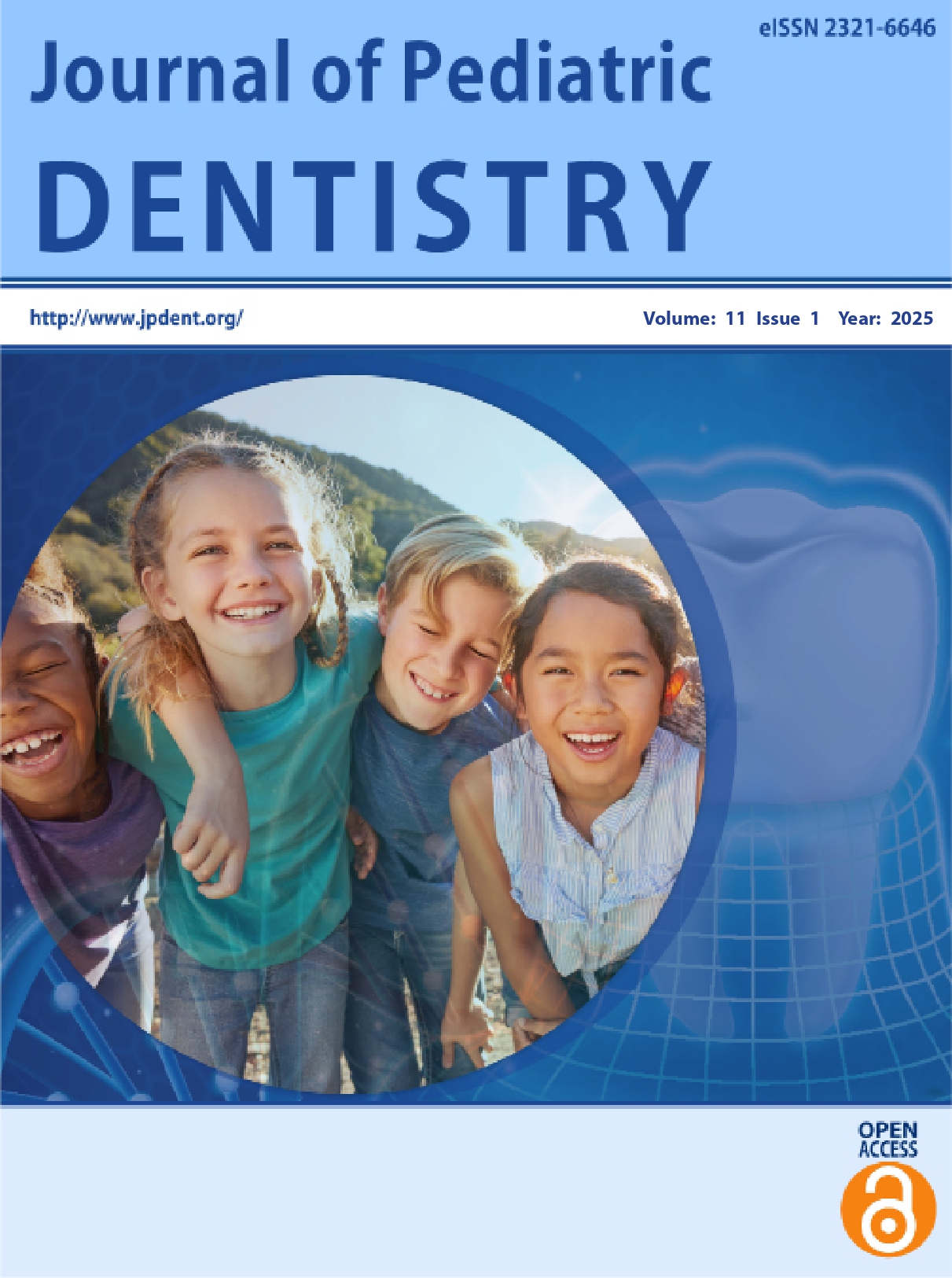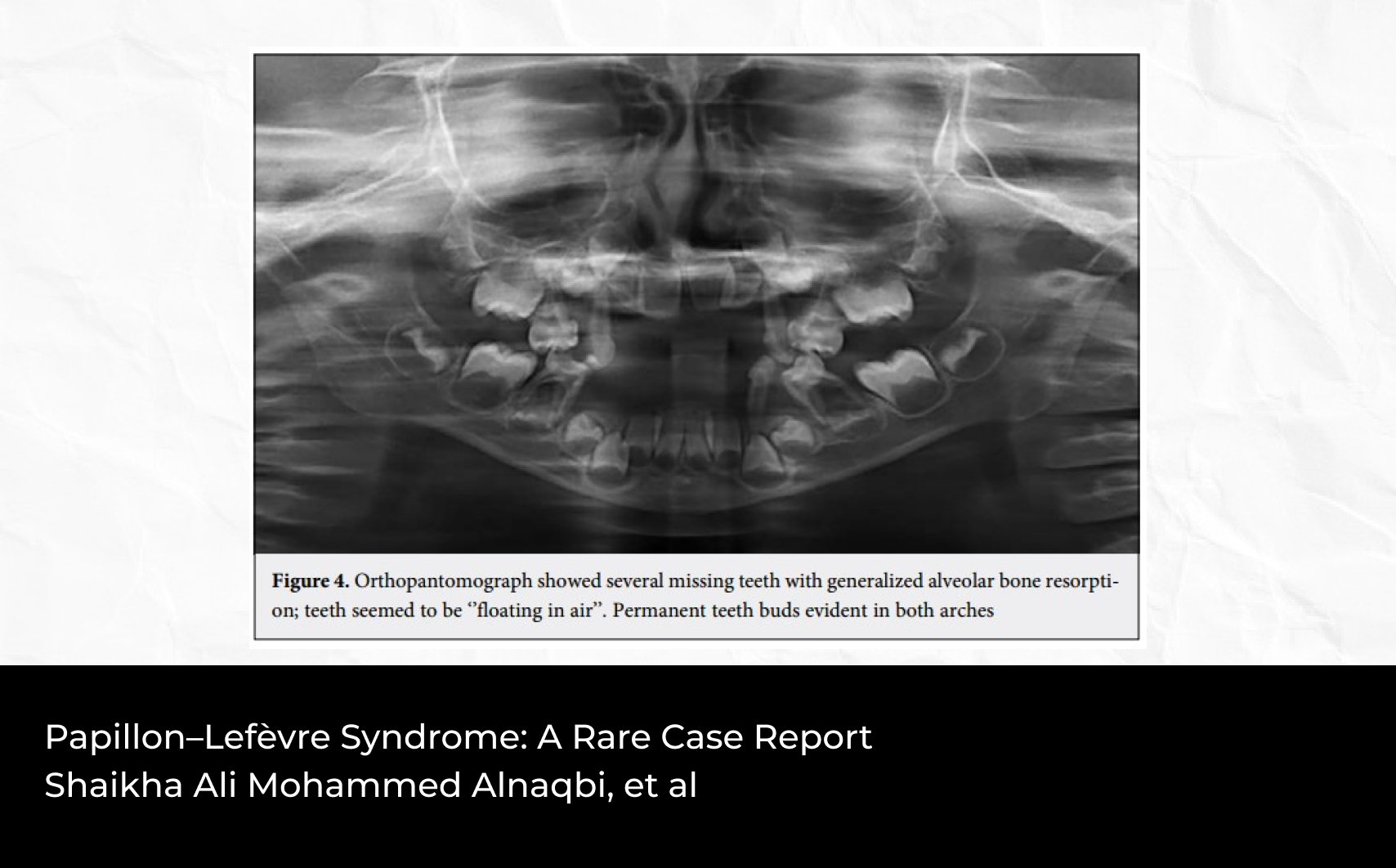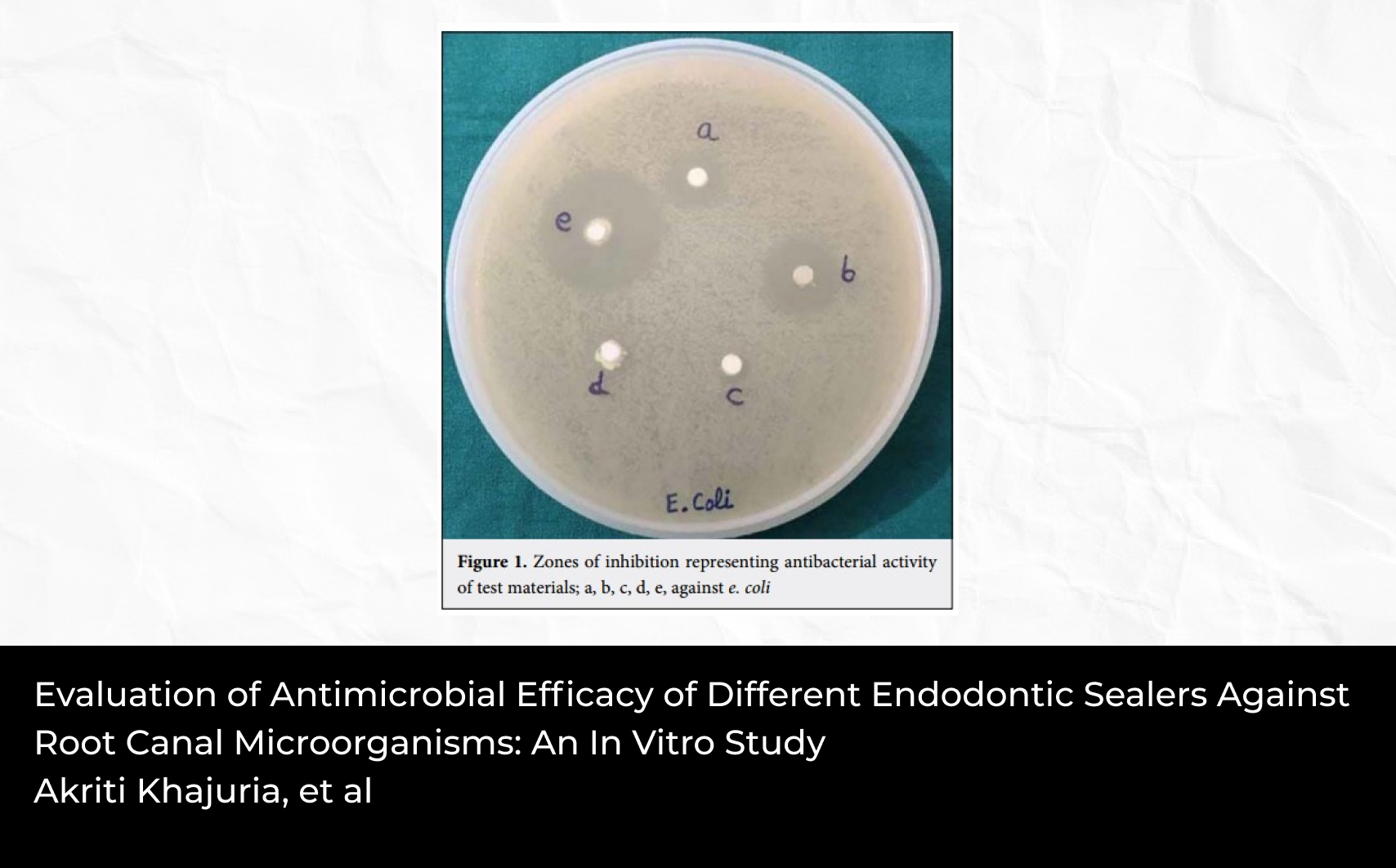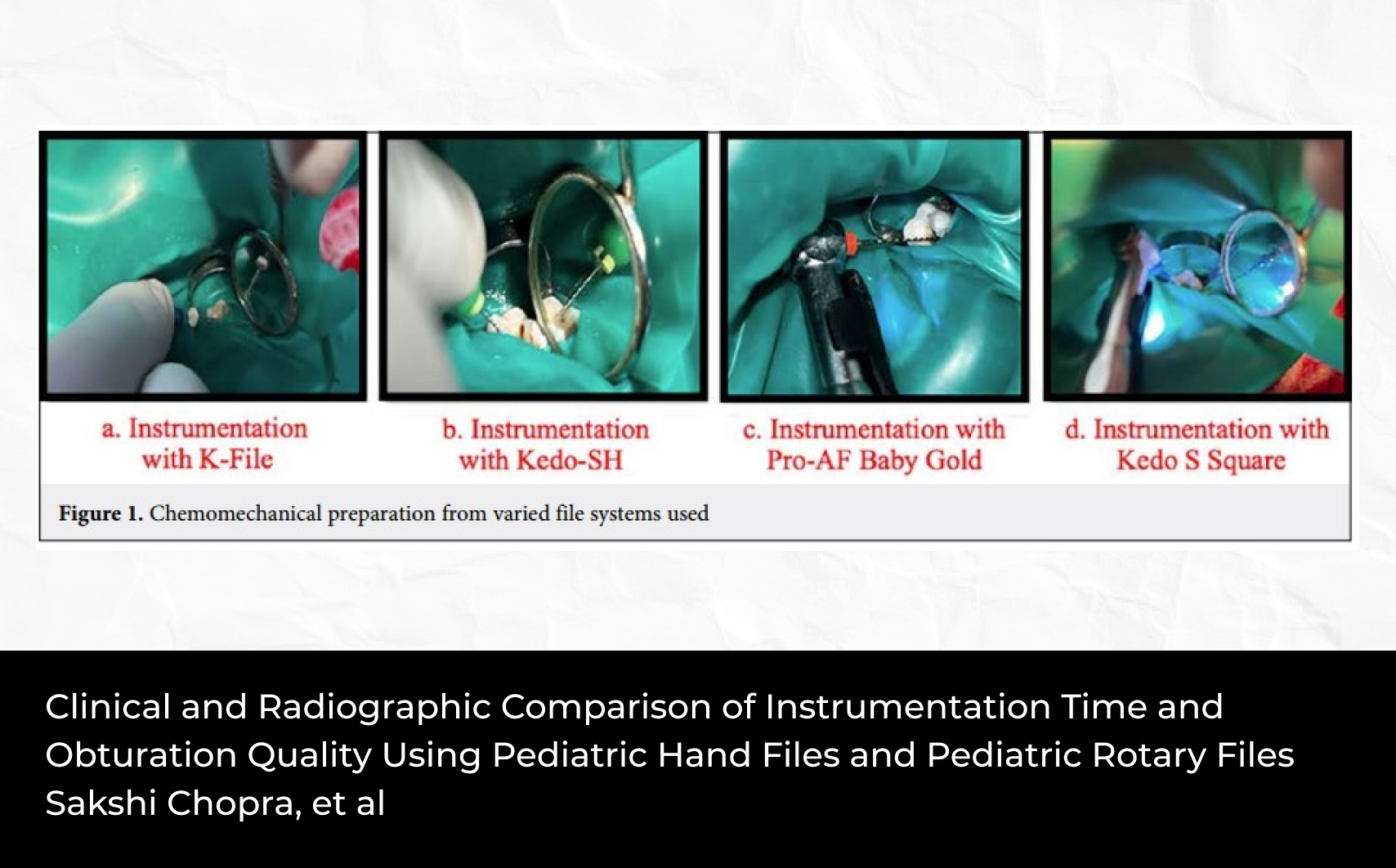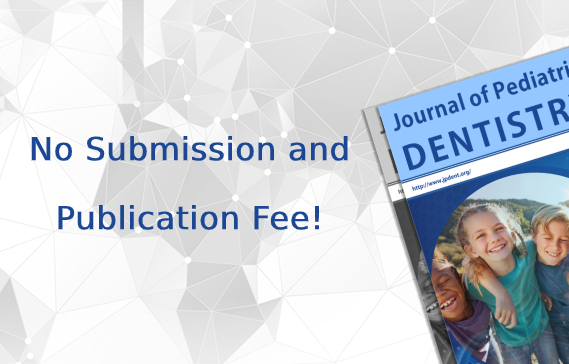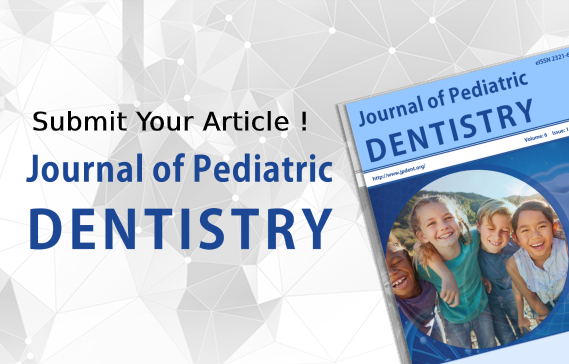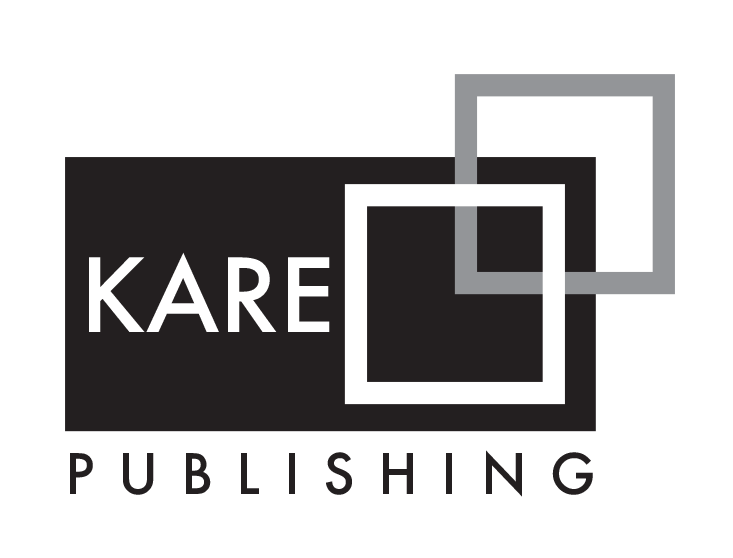Abstract
The presence of extra teeth relative to the normal dentition is a characteristic of supernumerary teeth, a rather common devel-opmental aberration. Situated in the premaxilla between the two central incisors, mesiodens is the most prevalent supernu-merary in the midline. Multiple mesiodens erupting at once is an uncommon phenomenon known as mesiodentes. Although there are many different and unclear theories as to why it occurs, the dental lamina's hyperactivity is the most well-accepted one. The prevalence falls between 0.15% and 1.9%, is more common in permanent teeth than in primary dentition, and exhibits a male predisposition. Mesiodens can be single or multiple, impacted or erupted, and occasionally even inverted. They can be positioned labially, palatally, or between the maxillary central incisors. They can also be dysmorphic, conical, tuberculate, or molariform. Finally, they can be isolated or associated with syndromes. Mesiodens can cause a number of challenges, such as impaction of permanent teeth, malocclusion that impairs speech, swallowing, and chewing, poor dentofacial aesthetics, and occasionally cyst formation. Usually, a clinical and imaging assessment is performed to make the diagnosis. Early removal is the recommended course of action to prevent complications in the future. This clinical observation highlights two different cases of uncommon double mesiodens in the mixed dentition of non-syndromic children. This will aid clinicians in identifying differ-ent kinds of mesiodentes and focus on its implications in deviations of the eruption pattern. Appropriate investigations and timely intervention are essential to reducing complications that may arise in the developing dentition.

